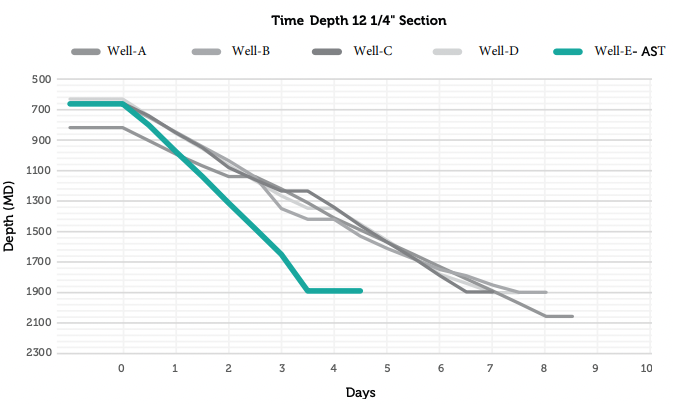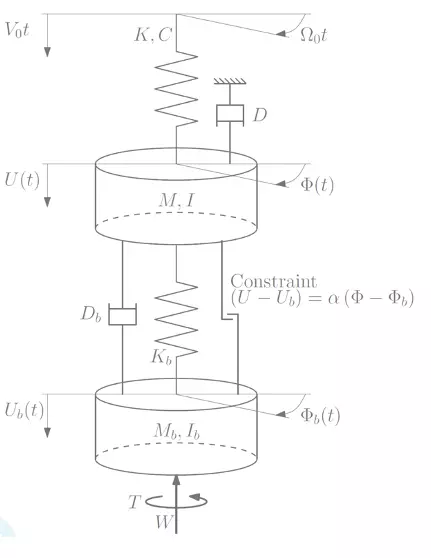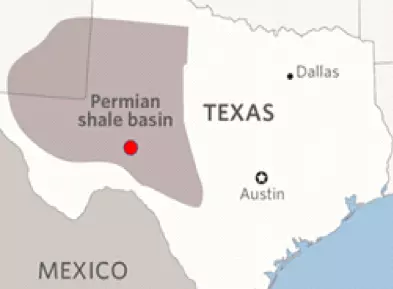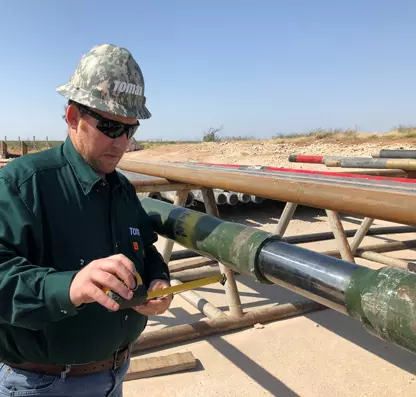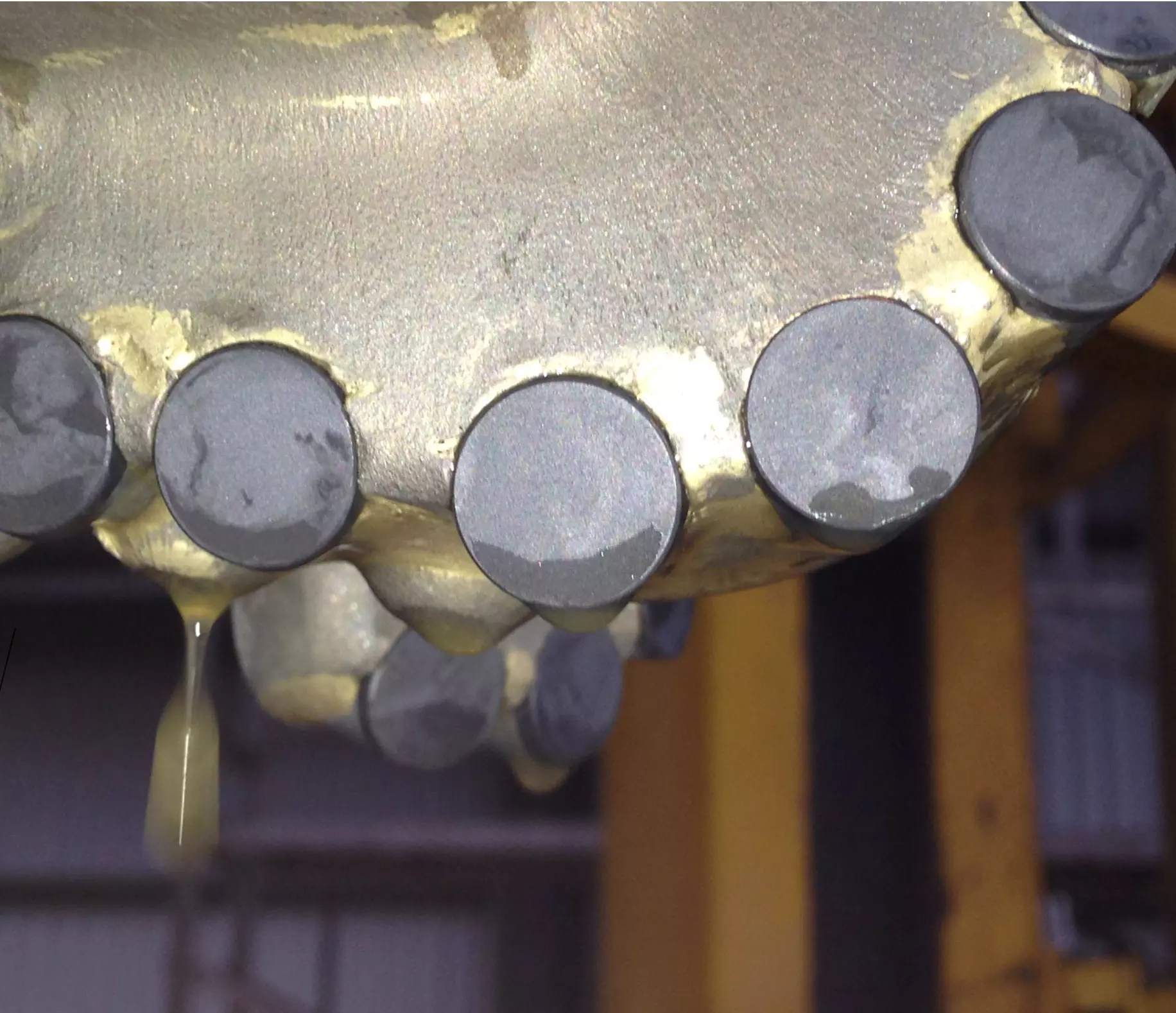Drillers often praise the AST for making their job easy long before the engineers have calculated the benefit
This example is from the Valhall field where the Aker BP Drilling & Well Alliance is filling in new laterals from the flank. The 6¾” XC-AST was called out to show its benefits in the carbonate reservoir.
FACTS
Tool
6¾” XC-AST w/TEM
Country
Central North Sea, Norway
Field
Valhall Flank
Section
8½” Lateral
BHA
PDC, Geopilot 7600 Hybrid
May 2022
Results
The drillers immediately reported good going. To document the results, we plotted Mechanical Specific Energy (MSE) on a time scale. The MSE data demonstrated that the drillers were spot on: the AST’s stroke and stall prevention meant that the weight transfer produced minimal interruptions. The effect was so significant it caused the full WOB to come through with half the push from surface.
The Tomax Energy Monitor (TEM) showed how the AST would work increasingly hard to keep the bit loading steady.
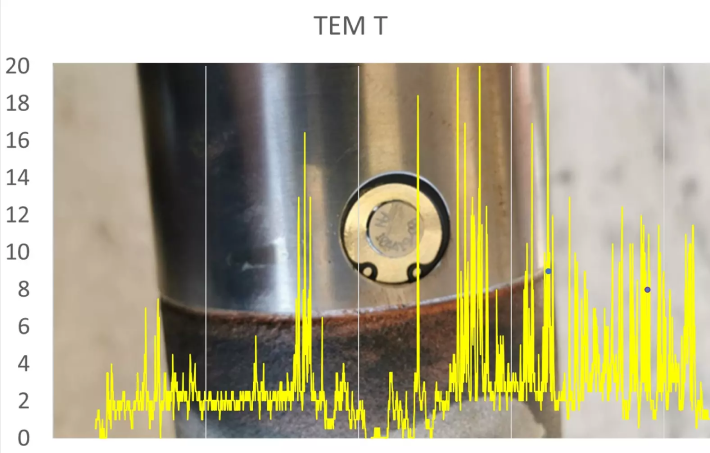
The Tomax Energy Monitor (TEM) uses a temperature differential recorder to show the work (in kilo Joules) done by the AST regulator. The depth here is progressing to the right.
Value
The AST regulator improved the efficiency and ease of drilling through the carbonate beds. The improvement was gained from better weight transfer and balanced bit loading. In practical terms, the drillers had double WOB available. This was used to drill the section longer than any previous lateral in the campaign.

